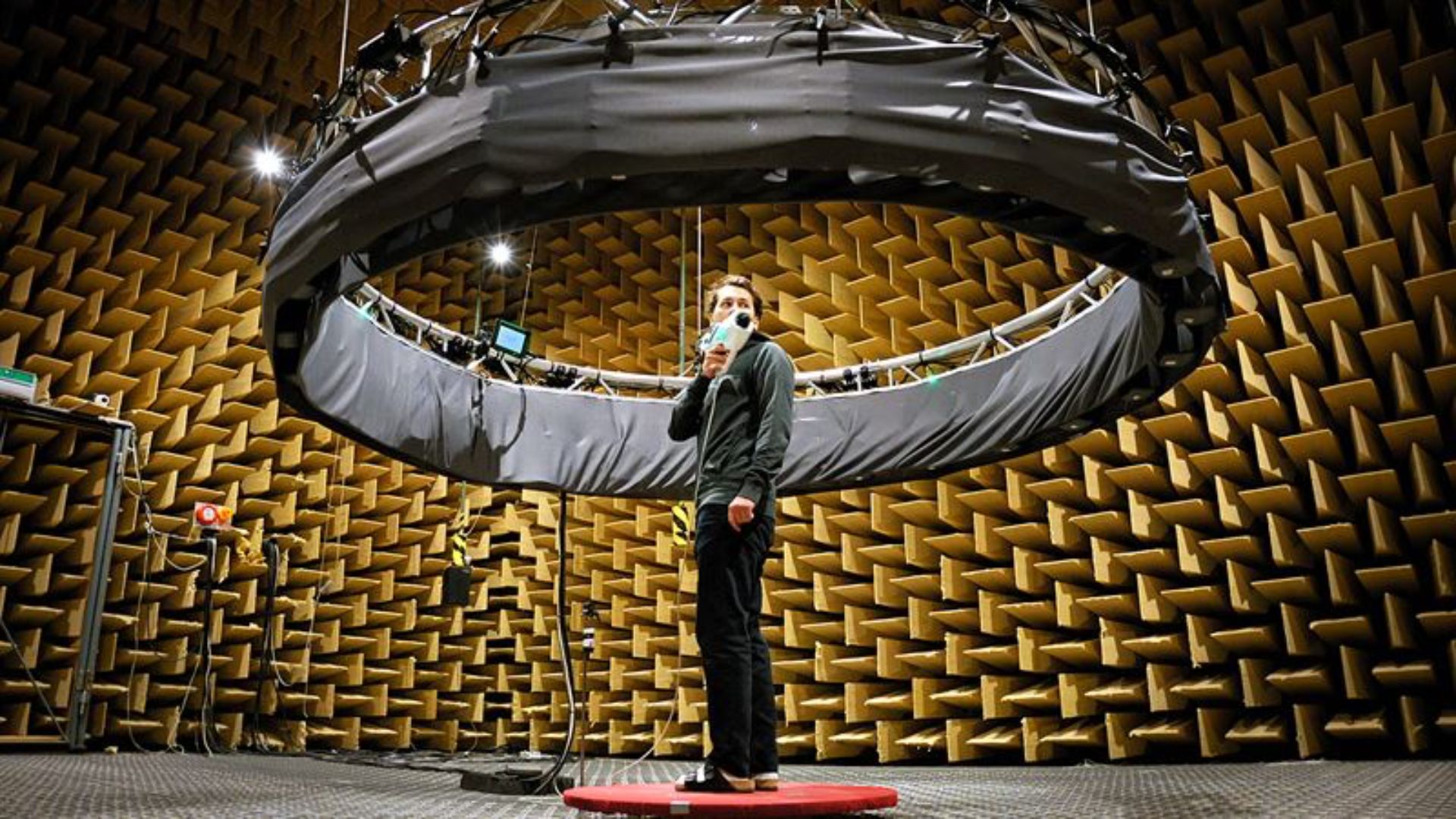Low-speed electric car warning sounds confuse pedestrians: Study

Source: interestingengineering
Author: @IntEngineering
Published: 6/19/2025
To read the full content, please visit the original article.
Read original articleA recent study from Chalmers University of Technology in Sweden has found that the warning sounds used by electric vehicles (EVs) at low speeds, known as Acoustic Vehicle Alerting Systems (AVAS), are significantly harder for pedestrians to localize compared to traditional internal combustion engine noises. The research tested three common AVAS sound types—two-tone, multi-tone, and noise-based signals—using 52 participants in a controlled anechoic chamber environment. Results showed that especially the two-tone signals were difficult to pinpoint in direction, with participants often unable to determine how many vehicles were present or where the sounds originated, raising safety concerns in busy areas such as parking lots.
Current regulations in Europe, the U.S., and other regions require EVs to emit warning sounds below certain speeds (12 mph in Europe, 18.6 mph in the U.S.) to alert pedestrians, but these rules focus only on detectability rather than the ability to localize the sound. Manufacturers design their own AVAS
Tags
energyelectric-vehiclesacoustic-vehicle-alerting-systemspedestrian-safetyartificial-warning-soundssound-localizationautonomous-vehicles